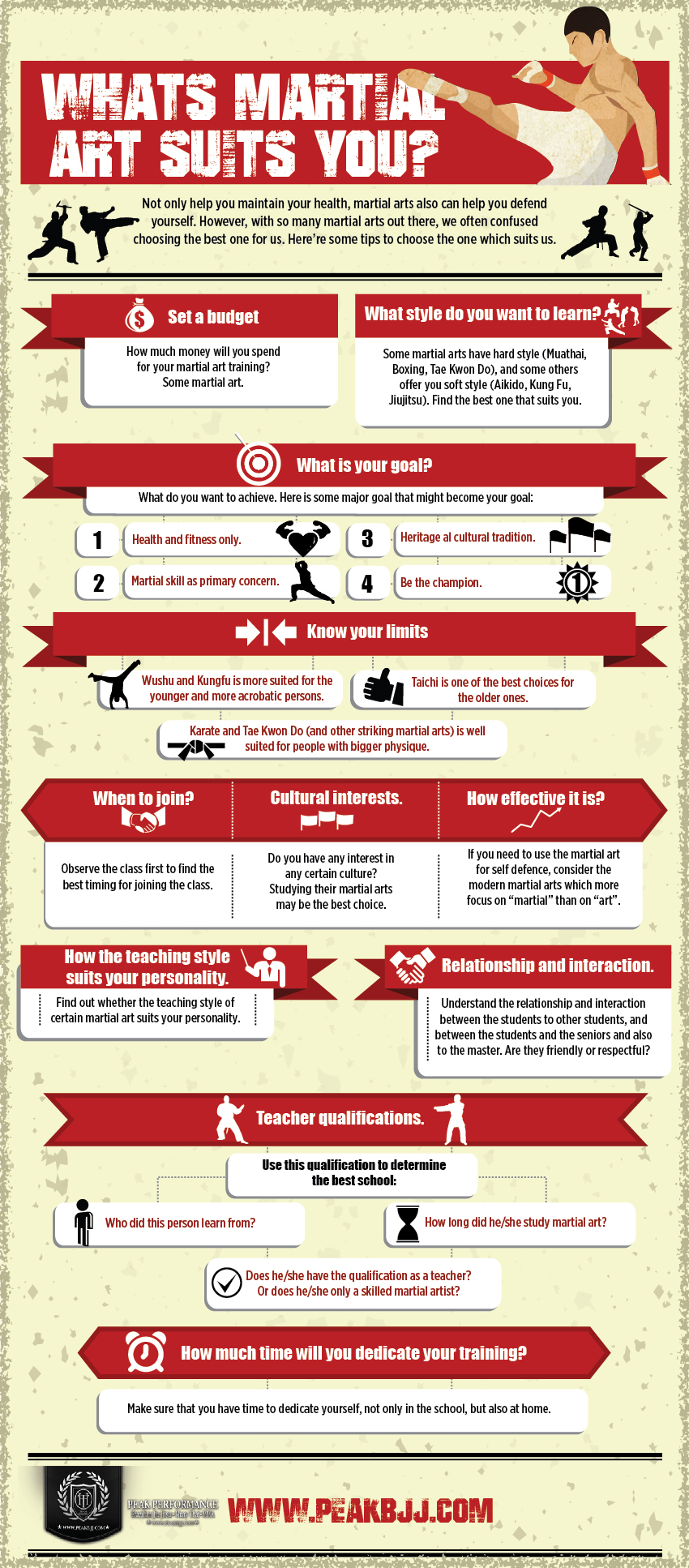The Background And Philosophy Of Fighting Style: A Deep Dive
The Background And Philosophy Of Fighting Style: A Deep Dive
Blog Article
Material Author-Lauridsen Patterson
Step into the old world where martial arts were substantiated of necessity in varied regions. Societies crafted distinct combating designs intertwined with historic contexts. Techniques advanced over centuries via dedicated practice and social exchanges. Today, contemporary martial arts blend traditional aspects for optimal effectiveness. Philosophically, martial arts stress self-control, self-improvement, and harmony. Regard, humility, and equilibrium are fundamental principles assisting professionals in the direction of growth and durability. Explore the depths of this rich history and ideology to uncover the extensive impacts shaping this enduring discipline.
Beginnings of Martial Arts
Fighting style originated in different areas around the world, progressing as practical battle systems to resist hazards. These ancient combating styles were created out of necessity, with each society crafting methods suited to their one-of-a-kind environments and obstacles. From the grappling arts of Jujutsu in Japan to the striking methods of Martial art in China, martial arts were deeply linked with the historical, social, and cultural fabric of their respective cultures.
In Japan, the samurai class polished martial arts like Kenjutsu, the art of the sword, which later advanced into the extra promoted form of Kendo. At the same time, in Brazil, Capoeira emerged as a mix of dancing and battle, developed by enslaved Africans as a means to resist oppression. Each martial art lugs with it an abundant background and ideology, showing the values and ideas of the people that practiced them.
As martial arts or gymnastics explore the beginnings of martial arts, you reveal a tapestry of human resourcefulness, strength, and the unyielding spirit of warriors throughout time.
Evolution of Methods
Via centuries of practice and refinement, fight techniques within numerous martial arts have gone through a profound evolution. From ancient designs like Martial art and Karate to a lot more modern-day disciplines such as Brazilian Jiu-Jitsu and Krav Maga, the evolution of methods has actually been driven by a mix of social influences, functional applications, and technological innovations.
One substantial aspect of this evolution is the cross-pollination of methods in between different martial arts. As an example, techniques from conventional Japanese Jiu-Jitsu were integrated right into the development of Judo by Jigoro Kano in the late 19th century. This mixing of styles has caused the development of crossbreed martial arts like Mixed Martial Arts (MIXED MARTIAL ARTS), which incorporate elements of striking, grappling, and submission methods.
In addition, the development of strategies has been shaped by the increasing emphasis on effectiveness and effectiveness in battle. https://elliotthpvbj.newsbloger.com/28179725/support-your-kid-s-development-and-advancement-via-the-method-of-martial-arts-which-can-help-them-construct-physical-strength-mental-emphasis-and-emotional-durability have actually continuously sought to fine-tune their techniques via rigorous training, trial and error, and competition, leading to the growth of highly specialized and reliable combating styles. In general, the advancement of methods in martial arts reflects the vibrant nature of combat and the ongoing mission for renovation and technology.
Thoughtful Structures
Exploring the underlying thoughtful principles of martial arts offers understanding into their core values and leading ideas. At the heart of several martial arts self-controls is the idea of self-control itself. By educating your body and mind to serve as one natural device, you cultivate technique that extends beyond the dojo or gym right into day-to-day life. This self-control encompasses regard, humility, and self-constraint, shaping not just your physical capabilities yet also your character.
An additional basic philosophical structure in martial arts is the concept of continual self-improvement. click the up coming article of mastering a martial art is continuous, with experts regularly aiming to far better themselves, both physically and emotionally. This concentrate on development cultivates durability, willpower, and a development frame of mind that can be related to all aspects of life.
Furthermore, martial arts emphasize the value of harmony and equilibrium. Methods are made to utilize a challenger's power versus them, highlighting the concept of producing and rerouting force as opposed to satisfying it head-on. This viewpoint includes interpersonal connections, advertising tranquil resolutions and good understanding. By embracing these philosophical structures, martial musicians not just boost their combat skills however likewise cultivate a lifestyle centered on personal development, respect, and harmony.
Final thought
In conclusion, the history and ideology of martial arts use an abundant tapestry of practice, self-control, and self-improvement.
Take for example the tale of Bruce Lee, who transformed martial arts by blending different designs and approaches to create his very own distinct type of Jeet Kune Do.
Through dedication and development, martial musicians remain to push limits and inspire others to reach their complete capacity both in battle and in life.
